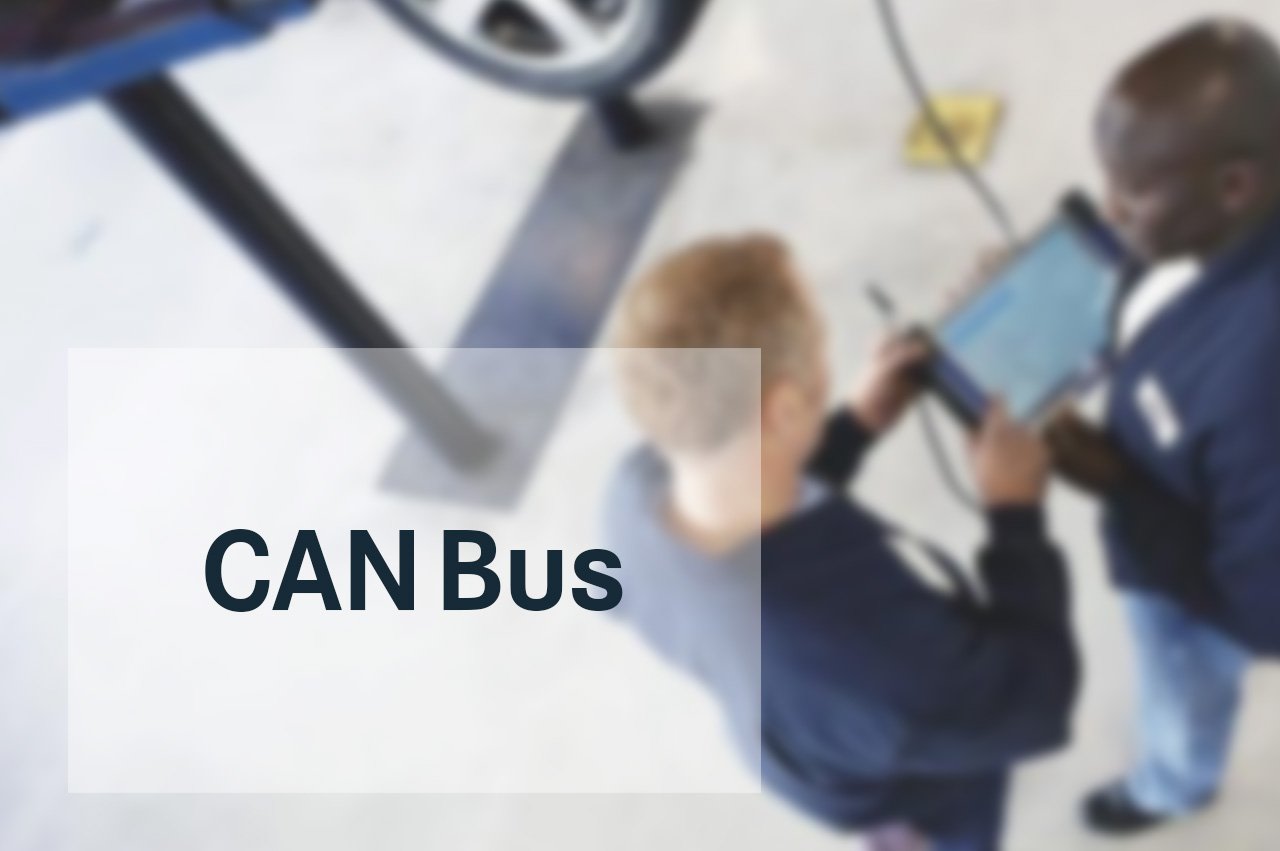CAN bus: An Introductory Guide for Beginners
The CAN Bus (Controller Area Network) is a communication system used in vehicles and other devices to allow different electronic modules to communicate with each other. Imagine it as the nervous system of a car, enabling the engine, brakes, lights, and other components to exchange information quickly and efficiently.

Why is CAN bus Important?
Before CAN Bus, cars used a complex system of wires to connect each electronic component. This resulted in heavy, expensive wiring that was difficult to diagnose in case of failures. CAN Bus simplifies all this by using a single communication bus to connect all modules, reducing the amount of wiring and facilitating diagnostics.
How does CAN Bus Work?
CAN Bus uses a differential communication system, which means that information is transmitted by the voltage difference between two wires. This makes it resistant to electromagnetic interference, which is common in a vehicle environment.
In the automotive environment, communication participants are called ECUs (electronic control units) or nodes. For communication between nodes, messages are sent and received as frames.
Each frame has a unique ID which is included in the frame header during transmission. This means that the frame can be clearly assigned to nodes that receive it and can also be decoded.
CAN networks are often described in databases which have the format CANdb(*.dbc), AUTOSAR (*.arxml) or Fibex (*.xml).
Basic CAN Bus Concepts
Node/ECU: Communication participants that use the CAN bus for communication.
Message: Messages are transmitted as a frame and represent the communication on the bus.
Identifier: Every message has a unique identifier which enables all participants to assign the message.
Baud Rate: The baud rate indicates the speed at which data is transmitted within a communication channel.
Arbitration: A mechanism that allows multiple nodes trying to transmit at the same time without collisions. The node sending the message identifier with the highest priority wins the arbitration. This node goes ahead sending the message while all others stop sending and try again later.
CAN Bus Applications
CAN Bus is used in a wide variety of applications in the automotive sector, such as:
Engine Control: Managing fuel injection, ignition, and other engine functions.
Brake Systems: Controlling ABS (antilock braking system), ESP (electronic stability program), and other safety systems.
Body Control: Managing lights, power windows, central locking, and other comfort systems.
Infotainment Systems: Communication with the radio, navigation system, and other multimedia systems.
Advantages of CAN Bus
Reducing wiring harness: Simplifies the vehicle's electrical system, reducing weight and cost.
Fault Diagnosis: Facilitates the detection and diagnosis of faults in electronic systems.
Flexibility: Allows new nodes to be added to the network without modifying the existing wiring.
Reliability: The differential communication system is resistant to interference, which increases communication reliability.
Getting Started with CAN Bus
If you are interested in learning more about CAN Bus, there are many resources available, such as online tutorials, books, and training courses. You can also experiment with CAN Bus using development boards and simulation software.
Remember that CAN Bus is a fundamental technology in the automotive sector, and understanding its basic concepts will help you better understand how modern vehicles work.